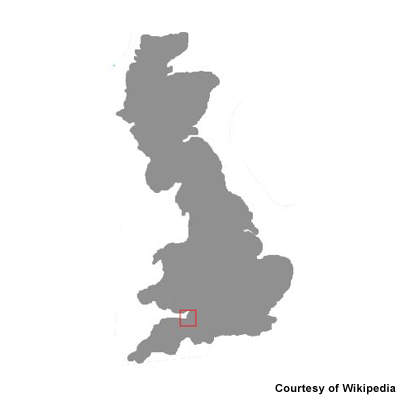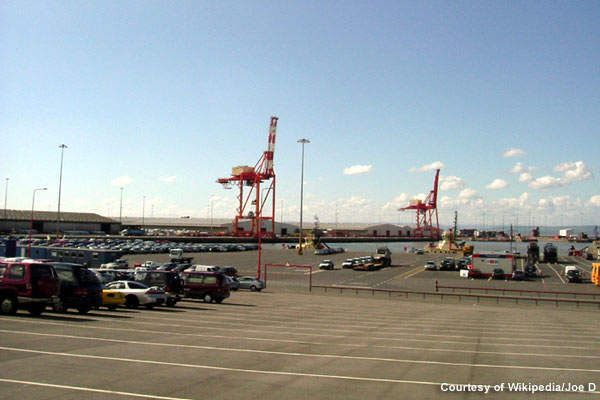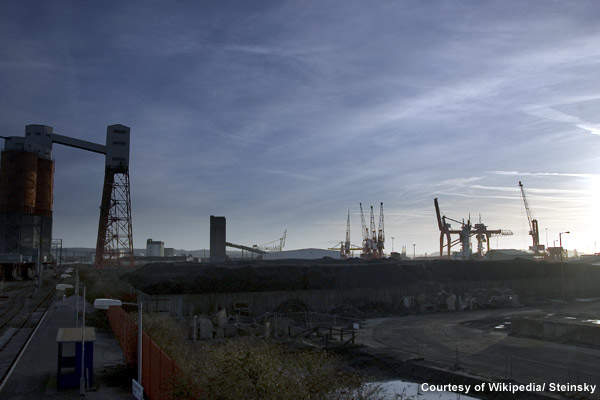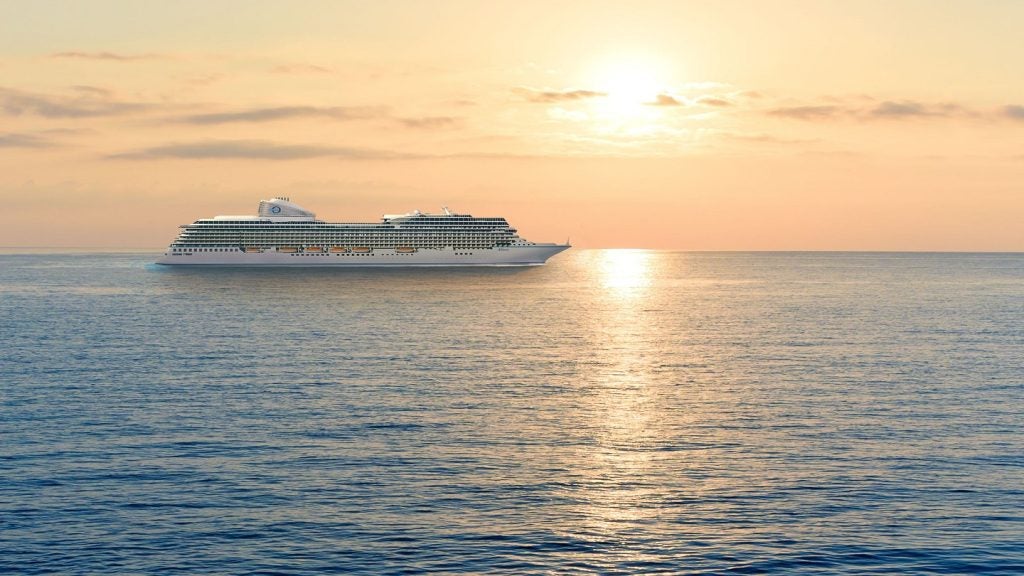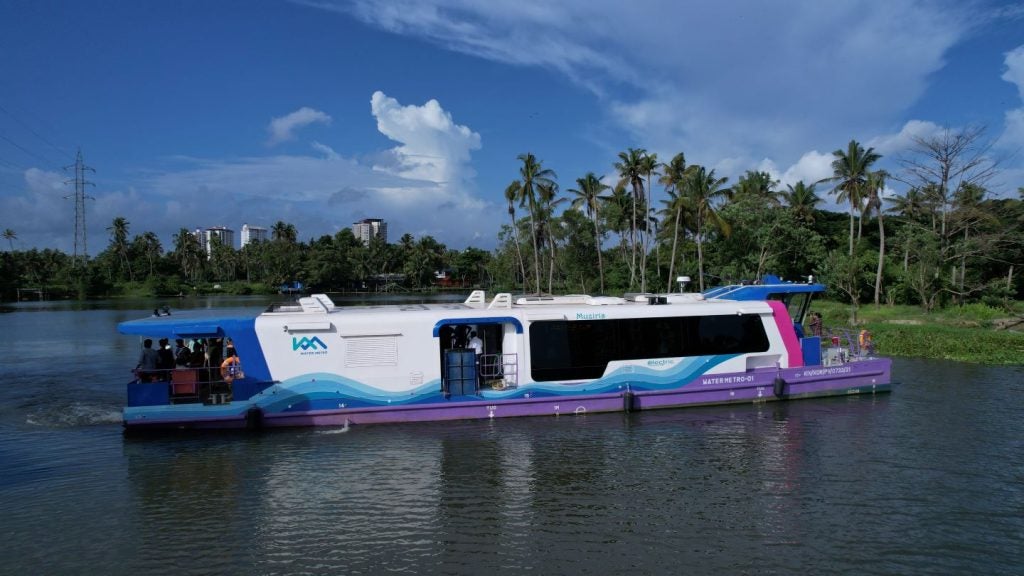The Port of Bristol is one of the fastest growing ports in the UK. Located on the west coast, the port is easily accessible from London as well as South Wales.
The port complies with the ISPS code and is certified by the UK’s TRANSEC (Transport Security and Contingencies).
Critical functions
The port is equipped to handle forest products, containers, motor vehicles, metals and steel, fresh products and bulk cargo including coal, animal feeds, grain and liquids.
The port has seven warehouses and 34ha of outside storage for conventional and sensitive cargoes. There are also facilities for the import or export of project cargo and heavy lift cargoes.
Other ancillary services offered include bunkering, the supply of potable water, pilotage and towage services. The port also provides waste reception facilities for ships.
Throughput
The Port of Bristol is the most economical distribution port in the UK. It currently handles 1.5 million teus (twenty-foot-equivalent units) and over 12 million tonnes of cargo. The port can accommodate vessels up to 130,000dwt.
Facilities
The port features two docks known as Royal Portbury and Avonmouth. The two docks consist of over 35 berths. The Royal Portbury Lock and Avonmouth Lock provide access to the port terminals.
The main anchorage, located at Breaksea, is dedicated to medium and small vessels. The anchorage area near Swansea Bay and South Wales has better holding ground to accommodate larger vessels. There is also anchorage for small pleasure craft located at the entrance of the River Avon.
Operator
The commercial docks at the Port of Bristol are operated by The Bristol Port Company (BPC). First Corporate Shipping, trading as BPC, signed a 150-year lease agreement with Bristol City Council for the Avonmouth and Royal Portbury docks in 1991.
Communication and technology
The Port of Bristol has a vessel traffic service centre. It is located on the South Pier at the entrance of Avonmouth Dock, and is operated 24 hours a day. The centre processes information related to berthing, harbour conditions and safe navigation. The surrounding areas including Breaksea Pilot Station, the Second Severn Crossing suspension bridge and Black Rock are covered by radar surveillance.
Security
Security at the port is provided by the Port of Bristol police, which is responsible for patrolling and maintaining security in and around the port.
Equipment
The port is equipped with a range of cranes including wide span gantry cranes, a rail-mounted harbour mobile crane, a 150t floating crane, a rail-mounted Gottwald HSK 260 EG and 60t gantry crane to lift all categories of cargo. Two wide-span gantry cranes at Avonmouth Container Terminal can lift cargo between road transport, rail, compound and vessel.
Power generation
Three large wind turbines were installed alongside the Severn Estuary in 2007. The turbines have the capacity of 6MW and generate 15 million units of green electricity annually. About 75% of the electricity required each year to run port operations is supplied by these turbines.
Future plans
The Bristol Port Company is currently building a £600m deep sea container terminal (DSCT) at Avonmouth Dock. The DSCT will handle large container vessels and next-generation ultra large container ships of up to 14,000teu and 16m draft. The terminal is being built to increase the capacity of the port as container volumes in the UK are projected to increase to 20 million teu by 2030 while the current capacity is only 7.5 million teu.
The terminal will have the capacity to handle about 1.5 million teu or one million containers a year. Initial works for the DSCT began in December 2010 and the project is scheduled for completion in 2015.
Construct Bristol Terminal (CBT) consortium has been appointed to carry out the site investigation work. The consortium consists of Costain, BAM Nuttall, Westminster Dredging and Van Oord.
The project will generate about 1,800 jobs and up to £114m annually for the local economy through employment. The new terminal will help in reducing distribution time, carbon emissions and costs through its links to rail and motorways

